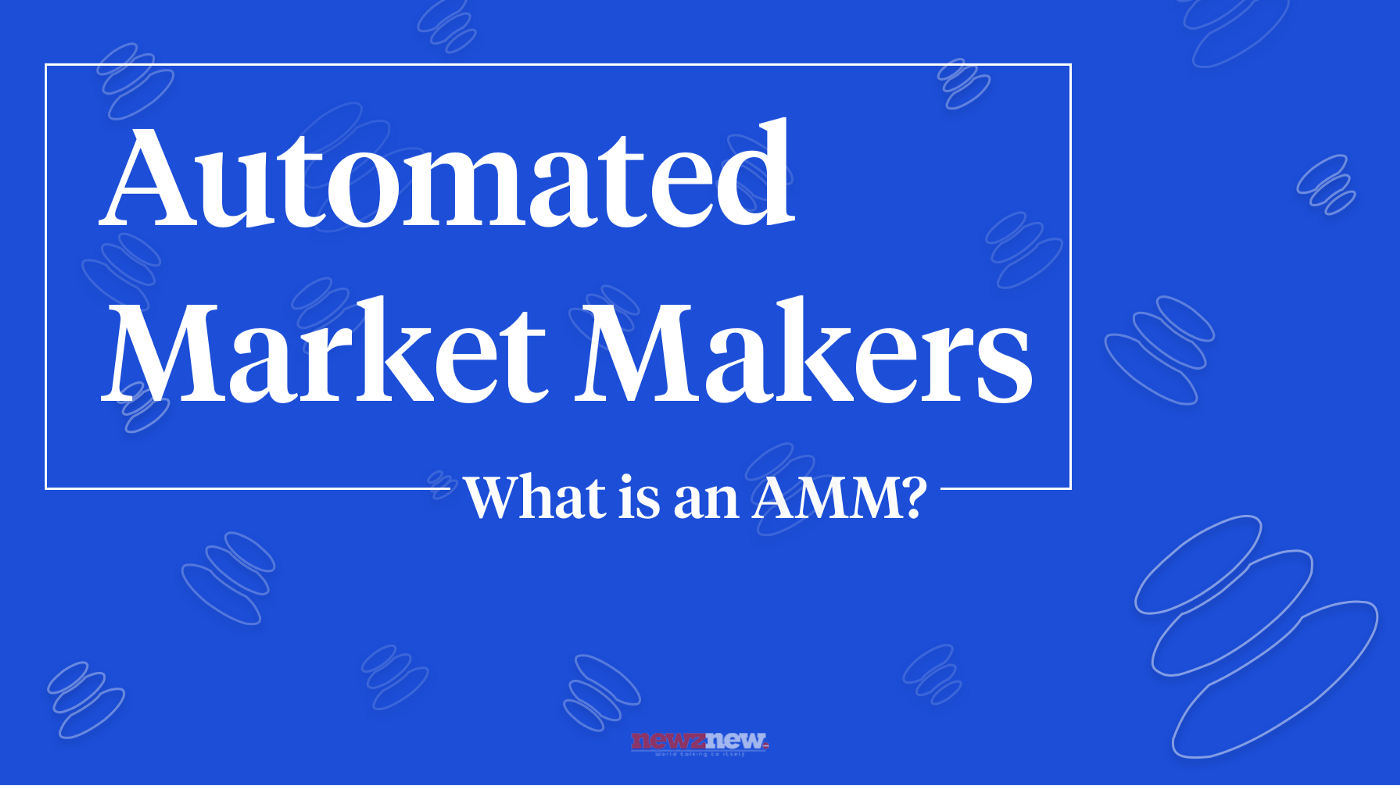The Automated Market Maker: What Does It Do?: A cryptocurrency is a digital or virtual token that uses cryptography to secure transactions and manage the creation of new units.
 Cryptocurrencies are decentralized, so they are not controlled by governments or financial institutions.
Cryptocurrencies are decentralized, so they are not controlled by governments or financial institutions.
The first cryptocurrency, Bitcoin, was created in 2009, and it is traded as an asset at different exchanges and used to purchase goods and services.
Price manipulation has plagued cryptocurrencies ever since they were created. The price of cryptocurrencies can be artificially inflated or deflated by an individual or organization that buys or sells a large number of units, causing instability in the market and discouraging investors.
However, by providing liquidity to the market and ensuring fair prices for all investors, automated market makers (AMMs) are designed to combat this big issue. AI algorithms are used by AMMs to buy and sell cryptocurrencies at predetermined prices, thus stabilizing the cryptocurrency market and reducing volatility.
Despite not being widely used, AMMs could play an increasingly important role in the growth of the crypto market. The purpose of this article is to explore what automated market makers are, how they work, and why they are so important for decentralized marketplaces.
How Does AMM Work?
Smart contracts that provide liquidity to a market automatically are known as automated market makers. To maintain a consistent level of liquidity, AMMs typically buy and sell assets constantly using some form of program trading. Usually, this type of market-making occurs in decentralized cryptocurrency exchanges, but it can also be used in many other types of markets.
Since decentralized cryptocurrency exchanges do not have a central authority determining prices or managing liquidity, there must be something or someone to help traders locate buyers or sellers for their desired assets. AMM in crypto can help solve this problem by providing liquidity to the market and algorithmically matching bid and ask orders.
Regardless of whether there is a demand for buyers or sellers, automated market makers’ goal is always to provide liquidity to the market. By using algorithms that focus on aspects such as price, volume, and time, automated market makers are able to monitor the market continuously and execute trades.
Types of AMMs
The most common type of automated market maker is the “constant function market maker.” Constant function market makers use algorithms to purchase and sell assets continuously in order to maintain a level of liquidity. When matching trades, these types of market makers generally do not take into account the asset price.
The price-tracking market maker is another type of automated market maker. These market makers are typically able to stabilize prices and prevent large swings in an asset’s price by making trades based on an asset’s current price. These types of market makers buy assets when prices are low and sell assets when prices are high.
Benefits of AMMs
One of the main advantages associated with automated crypto market making is that it provides liquidity to decentralized markets, which would otherwise remain illiquid. This can lead to a rise in trading volume and a rise in price stability which allow traders to connect with counterparties for their trades much easier.
AMMs can also prevent large swings in the price by automating the trading process. Automated market makers typically purchase assets at low prices and sell them at high prices, which allows prices to be stabilized and large fluctuations to be prevented.
Risks of AMMs
An automated market maker is not without its risks, including the possibility that traders with inside information can exploit it. Traders can place their own orders ahead of time if they know that a large order will be placed and then cancel them once the trade has been executed. When this type of activity is carried out, the trader can make large profits and cause the asset’s price to swing wildly.
In addition, fake orders may fool automated market makers. If a trader places large orders and cancels them, the automated market maker may still execute the trade. As a result, the market maker may lose money, and the price of the asset will swing wildly.
As a final note, automated market makers can have errors in their algorithms. These errors can cause users to lose money on their trades. Additionally, this can lead to dramatic price swings.
Conclusion
Using an automated market maker can help stabilize prices and provide market liquidity. However, there are some risks involved with automated market makers. These risks should be taken into consideration when choosing whether to trade on a decentralized exchange.





